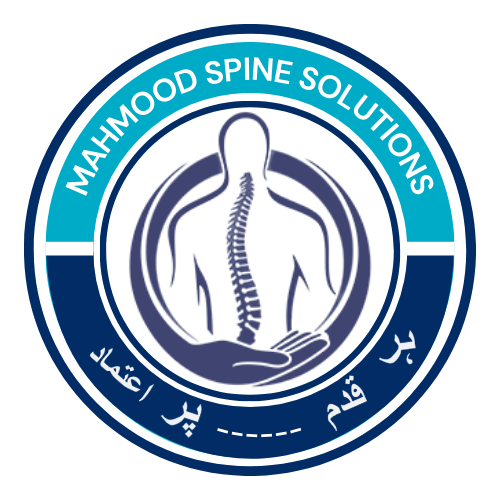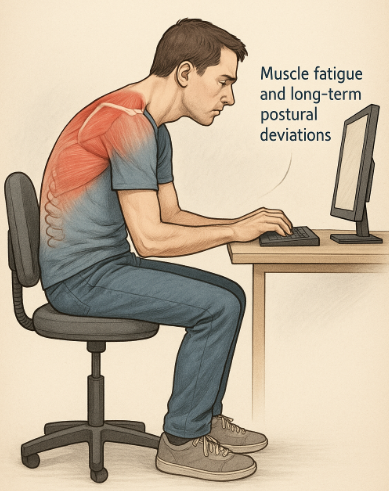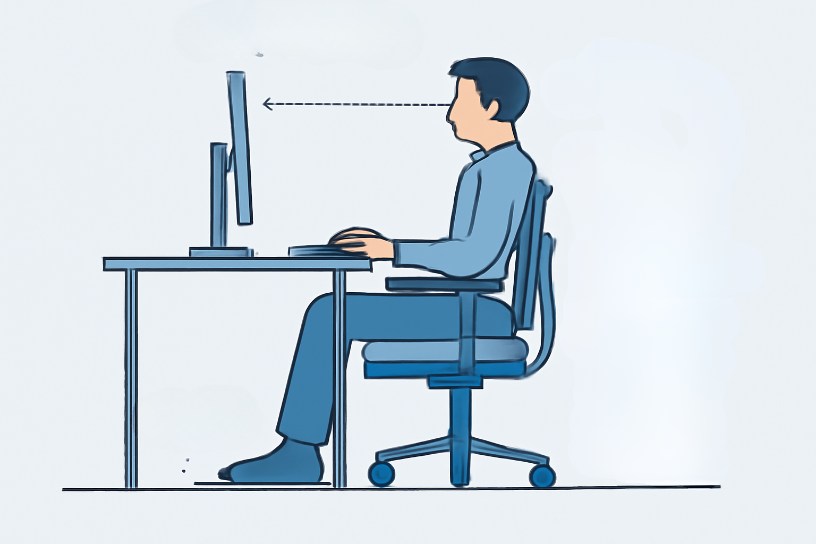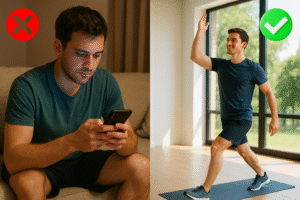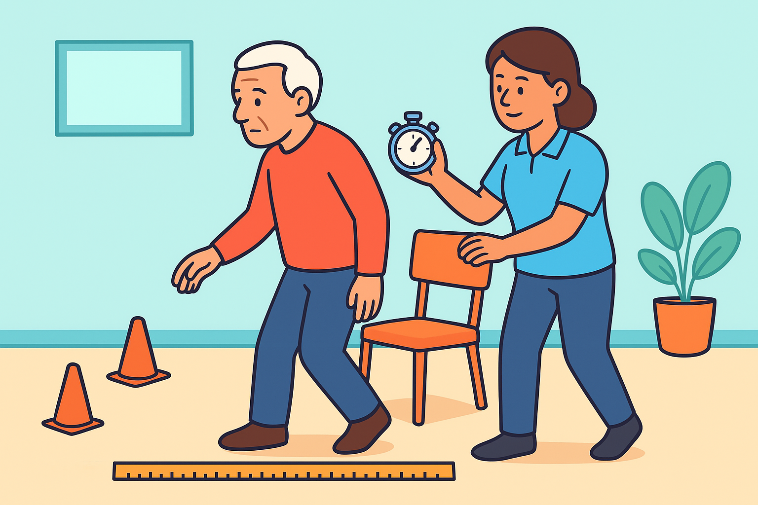In today’s digital age, prolonged screen time has become a part of everyday life, whether it’s working on computers, scrolling on smartphones, or watching television. While technology connects and empowers us, excessive screen time can silently harm spinal health. Poor posture, muscular imbalances, and spinal stiffness are common side effects. Here’s how physiotherapy can help you strike a healthy balance between screen time and spine time.
The Spine-Related Impact of Excessive Screen Time
1) Forward Head Posture:
Leaning towards screens causes the head to jut forward, increasing stress on the neck and upper back muscles.
2) Rounded Shoulders:
Slouching during screen use leads to muscle fatigue and long-term postural deviations.
3) Lower Back Pain:
Sitting for long hours with poor lumbar support compresses the intervertebral discs and strains the lower back.
4) Muscle Tightness and Weakness:
Prolonged immobility weakens core and postural muscles while tightening the chest, hip flexors, and hamstrings.
Physiotherapy-Tips to Balance Screen and Spine Time
1) Follow the 20-20-20 Rule:
Every 20 minutes, take a 20-second break to look at something 20 feet away. This reduces eye strain and encourages movement.
2) Optimize Your Workstation Ergonomics:
Screen Height: Your monitor should be at eye level to prevent neck flexion.
Chair: Use an adjustable chair with lumbar support.
Keyboard & Mouse: Keep them at elbow height to maintain a neutral wrist position.
3) Daily Spine-Stretching Routine:
Incorporate 5–10 minutes of stretching, focusing on:
- Neck side bends and rotations
- Shoulder rolls
- Chest openers
- Cat-cow stretches
- Standing back extensions
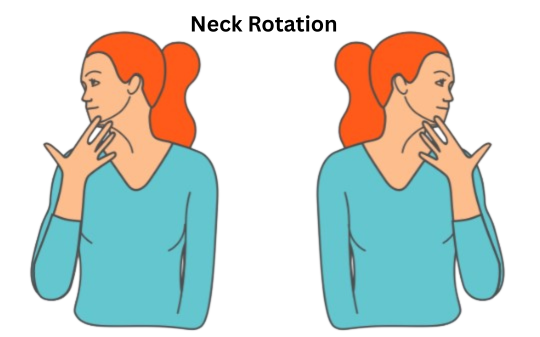
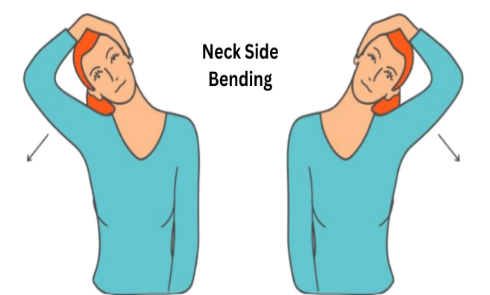



4) Strengthen Core and Postural Muscles:
Engage in exercises that promote spinal stability:
- Bird-dog
- Planks
- Bridges
- Wall angels
- Resistance band rows


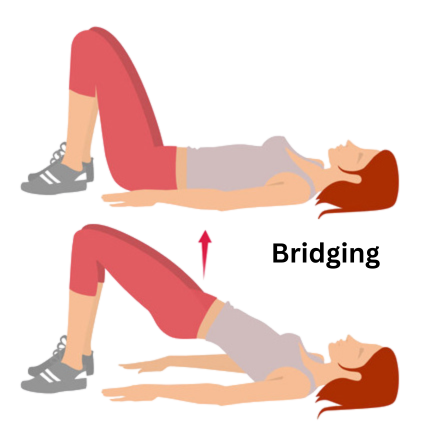

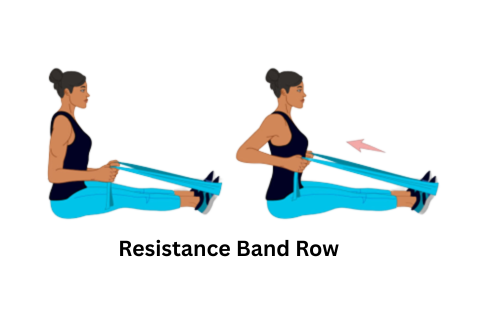
A physiotherapist can design a customized strengthening program based on your posture assessment.
5) Set Screen Time Boundaries:
Use apps or timers to limit recreational screen use. Replace scrolling with physical activities like walking, yoga, or recreational sports.
6) Active Sitting Alternatives:
Try sitting on a stability ball, using a standing desk, or including short walks between meetings to break static postures.
When to See a Physiotherapist:
Consult a physiotherapist if you experience:
- Persistent neck or back pain
- Tingling or numbness in arms or legs
- Postural fatigue
- Reduced flexibility or spinal stiffness
A physiotherapist will assess spinal alignment, muscle imbalances, and suggest corrective exercises and manual therapy to restore spinal health.
Conclusion:
Balancing screen time with spine care is no longer optional—it’s essential. By making small but consistent ergonomic and physical activity changes, you can protect your spinal health and improve productivity, comfort, and quality of life. Let physiotherapy guide your journey to a posture-positive and pain-free future.
About Authors
Dr. Muhammad Mahmood Ahmad is a Spinal as well as an Orthopedic Surgeon with over 14 years of experience currently practicing at Razia Saeed Hospital, Multan.
